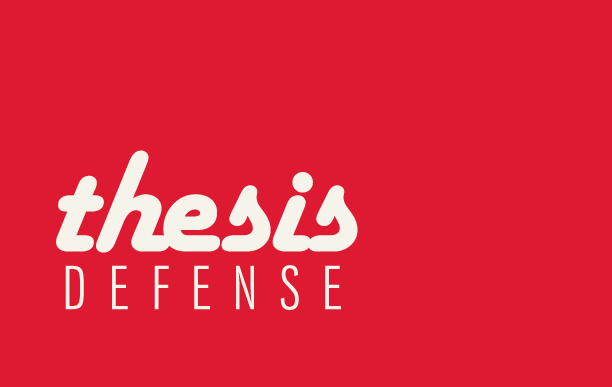
Emma Brinley Buckley defended her master's thesis "Applications of Time-Lapse Imagery to Capture and Communicate Ecological Dynamics of a Water-Stressed System" at 1 p.m. July 20 in Hardin Hall 901.
Her abstract:
To effectively manage our natural resources, it is necessary to observe and document Ecosystem dynamics, as well as communicate ecological change to public audiences.
Time-lapse imagery is a valuable tool to capture and depict natural systems. I sought to enhance our understanding of a water-stressed system by analyzing imagery, in addition to integrating images with data visualization to illustrate the complexity of a river basin in central Nebraska.
Image analysis was used to quantify wetland water inundation and vegetation phenology.
These measurements were combined with other passive monitoring methods to examine the relationship between vegetation phenology and bat activity, as well as wetland inundation and water quality. Moreover, time-lapse data sequences were constructed by integrating time-lapse imagery with data visualization in an interactive digital framework to examine the applications for communicating social-ecological dynamics.
Findings suggest vegetation phenology was differentially associated with seasonal bat activity, possibly related to migratory versus resident life history strategies. Results of examining wetland hydrology indicated a time lag in wetland inundation when compared to stream flow in the river and inundation was found to be correlated with nitrate, dissolved oxygen, and DEA, and negatively correlated with water temperature.
In examining communicative applications, time-lapse data sequences demonstrated the ability to depict various ecological dynamics within a tangible context that are often too subtle to see or beyond the temporal scale of unaided human observation. Overall, these findings indicate the dual utility of time-lapse imagery to acquire data and illustrate ecological dynamics.
More details at: http://go.unl.edu/yd40